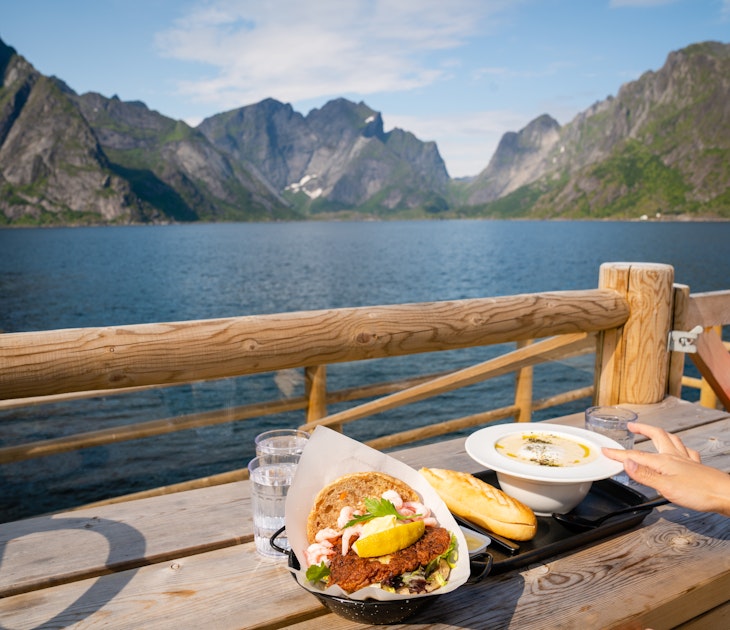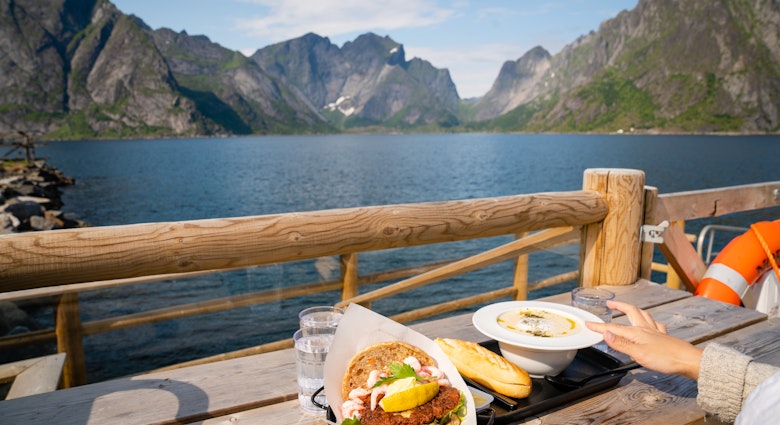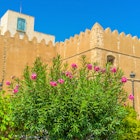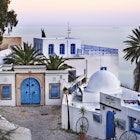Tunisia, ribboned by a thousand kilometres of prime Mediterranean coastline and blessed with a sun-drenched interior, might not be the first place that comes to mind as a destination for tastebud-led travellers, but its foodie cred stretches all the way back to the ancient Romans, who claimed this productive agricultural land as the breadbasket of their empire. Today, plenty of places around the country offer under-the-radar food and drink experiences to entice any epicurean, if you know where to point your palate.
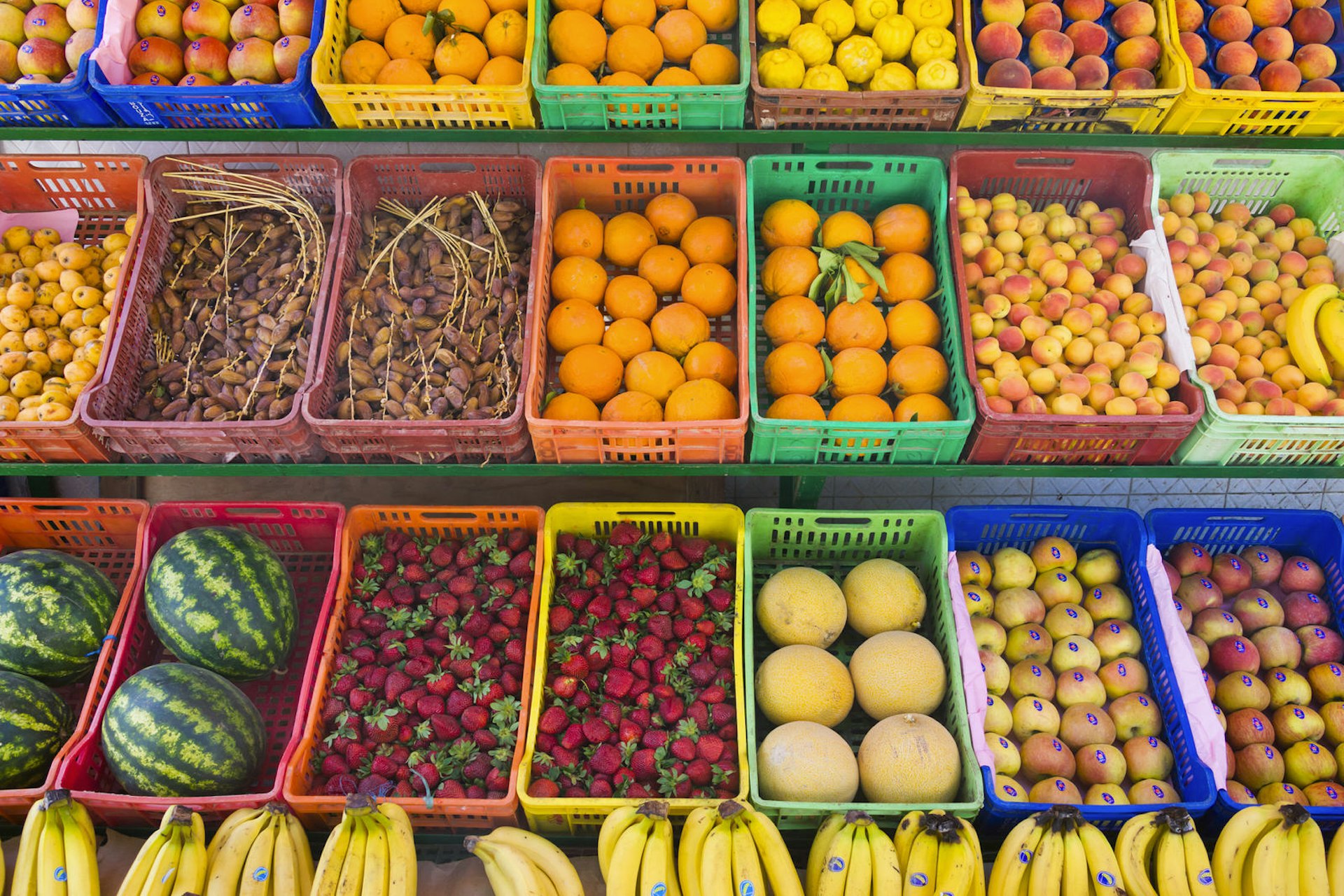
Engage your senses at a local market
Every town and city in Tunisia has a centrally located produce market that should be your first port of call, preferably first thing in the morning. The hustle and bustle of these markets offer glimpses of everyday life while triggering all your senses. Above the cacophony of vendors calling out the prices of their produce, the heady scents of the spice market will pique your nostrils as you're buffeted by hordes of shoppers stocking up on ingredients for soon-to-be-prepared meals. Feast your eyes on the rainbow of fruits and vegetables, neatly arranged mounds of colourful spices and woven baskets piled high with chickpeas, lentils, olives and almonds.
In bigger cities, the market will be positioned in the centre of town and often in a large covered market hall, such as the Marché Centrale in Tunis. In smaller towns, a certain day of the week is reserved for market day, and it takes place on a central square. There are separate sections where vendors hawk fresh fish, local produce and sometimes even houseplants and everyday household goods, including pots, pans and utensils.

A visit to a local market also provides a great introduction to the foods and ingredients that are front and centre in Tunisian cuisine. You'll find some typical staples like harissa (chilli pepper paste), tabel (a heady mix of dried mint leaves, rose petals, ginger powder, ground peppercorns, coriander seeds, chilli powder and other spices), dates of the delicious Deglet Nour variety, olives, olive oil and round flat loaves of tabouna, Tunisia's traditional bread. Sample them all – vendors are happy to offer a taste.
Enjoy a traditional Tunisian meal at a dar
Nothing beats the flavours of a home-cooked meal no matter where you are in the world, and Tunisian cuisine is rich, aromatic and a lot more diverse than the limited tourist menus of the usual couscous, kebab and brik a l’oeuf (a thin pastry filled with an egg yolk) found in most restaurants. Instead, sample a home-cooked Tunisian meal at a traditional dar hotel.
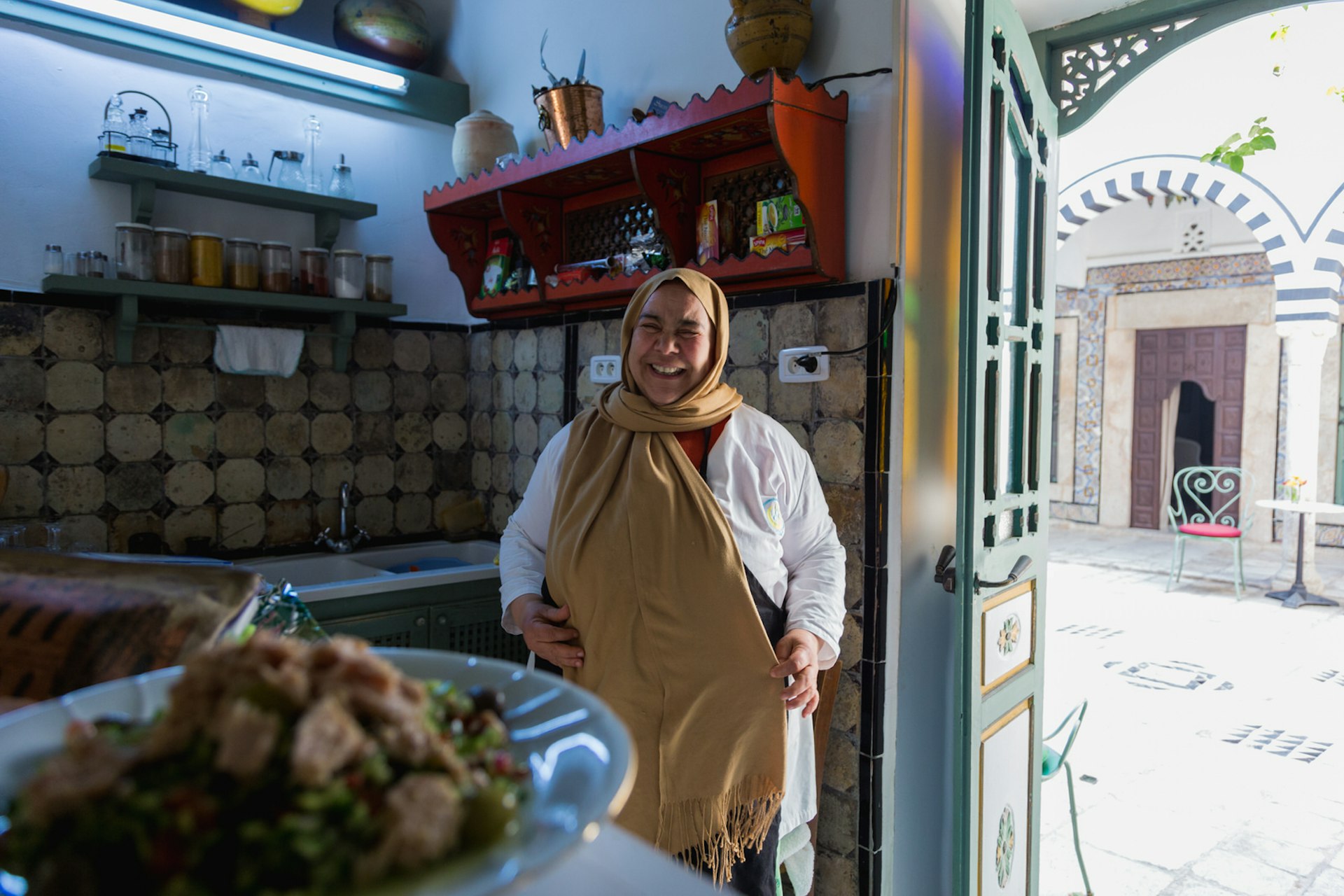
At Dar Ben Gacem, tucked in an atmospheric lane of Tunis' medina, you’ll feel like you’ve been invited to someone’s opulent family digs for a genuine home-cooked meal (after all, dar means 'home' in Arabic). Amel, the resident chef, cooks up dishes of couscous, Tunisian tajine (a baked egg dish), slata mechouia (grilled pepper salad), slata tounsia (tomato and cucumber salad) or rouz jerbi (steamed rice with vegetables and chicken) in the dar's homely kitchen on request. Cooking classes are also on offer here, during which Amel reveals the secrets to preparing the perfect Tunisian-style couscous, her most requested dish. The experience starts with a visit to the Marché Central for the freshest of ingredients and then it's straight to work in the kitchen with Amel, who shares her culinary expertise with the help of a translator.
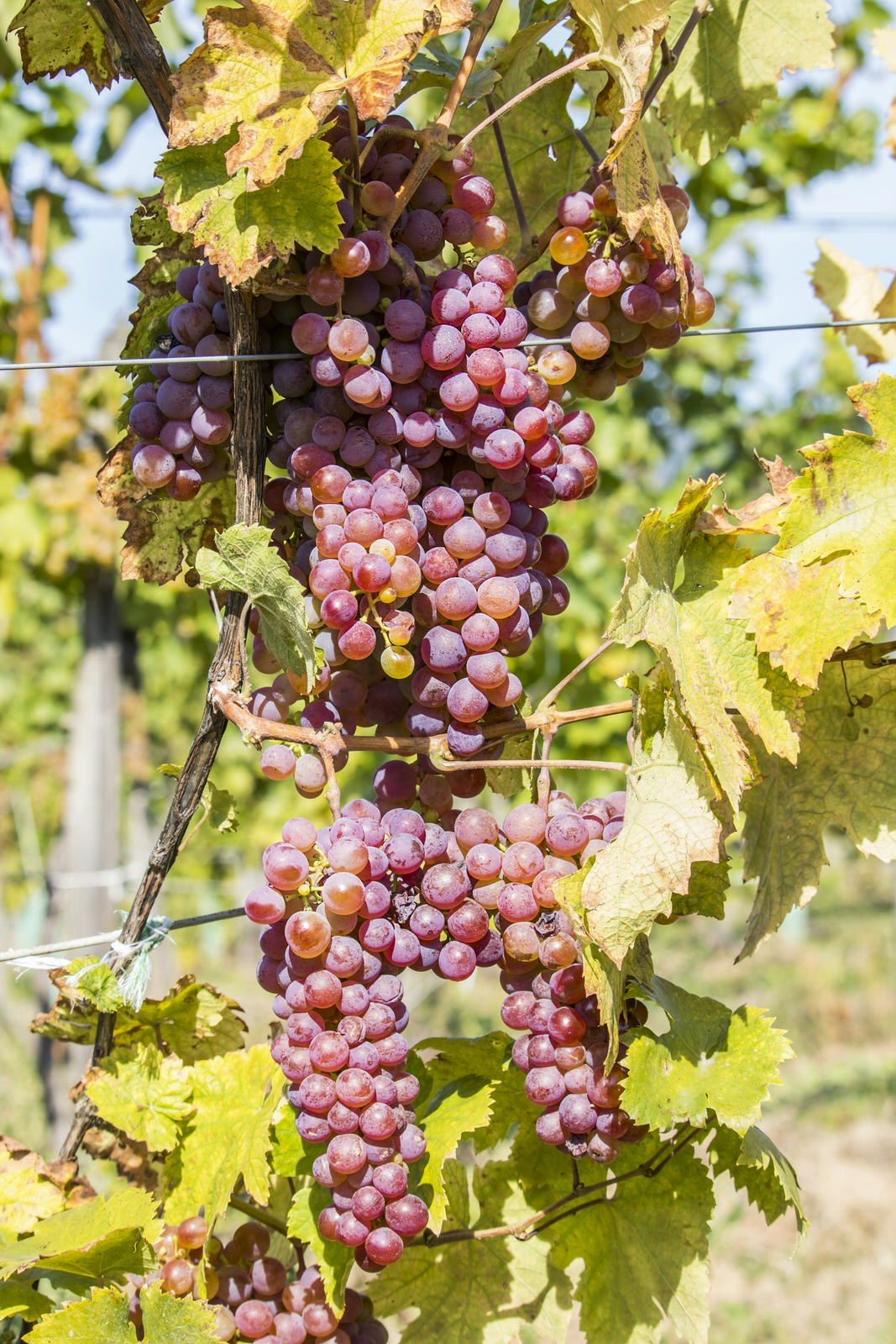
Sample Tunisian wine with a slice of history
Tunisia has a long history of winemaking that goes back to Phoenician times and the founding of Carthage. Its seven main wine-producing regions are concentrated in the north of the country, each with its specificities or terroir. Rosé fans are in luck – it's the most common type of wine produced in Tunisia.
Wine tourism is a growing industry here, and has been given a much-needed boost with the launch of the Magon Wine Route in spring 2018. The trail is inspired by and named after Mago, an ancient Carthaginian writer who put together a handy guide describing the farming techniques of his era, including winemaking. Pairing wine tastings with visits to heritage sites, this series of three itineraries is managed by the cultural organisation ANIMED and led by expertly trained guides and oenologists.
The first wine trail starts with a toast at La Fontaine des Mille Amphores winery in Mégrine on the outskirts of Tunis, followed by a visit to the Bardo Museum, best known for its spectacular collection of Roman mosaics. The second itinerary takes wine and history lovers to the region of Grombalia on Cap Bon. Set in dramatic landscapes painted by wide expanses of lush vineyards is Domaine Neferis, named after an ancient city. Head to the tasting room tucked away in a 19th-century chateau and raise a glass of rosé to Mago. A subsequent stop at Nabeul's archaeological museum offers the chance to see relics, such as the amphorae once used to store this precious liquid. On offer on the third route are samples of the vintages of Domaine Kurubis located near the town of Korba. This is combined with a visit to the ruins (and the remains of an ancient wine press) in Kerkouane, a Unesco World Heritage site just a short distance away.
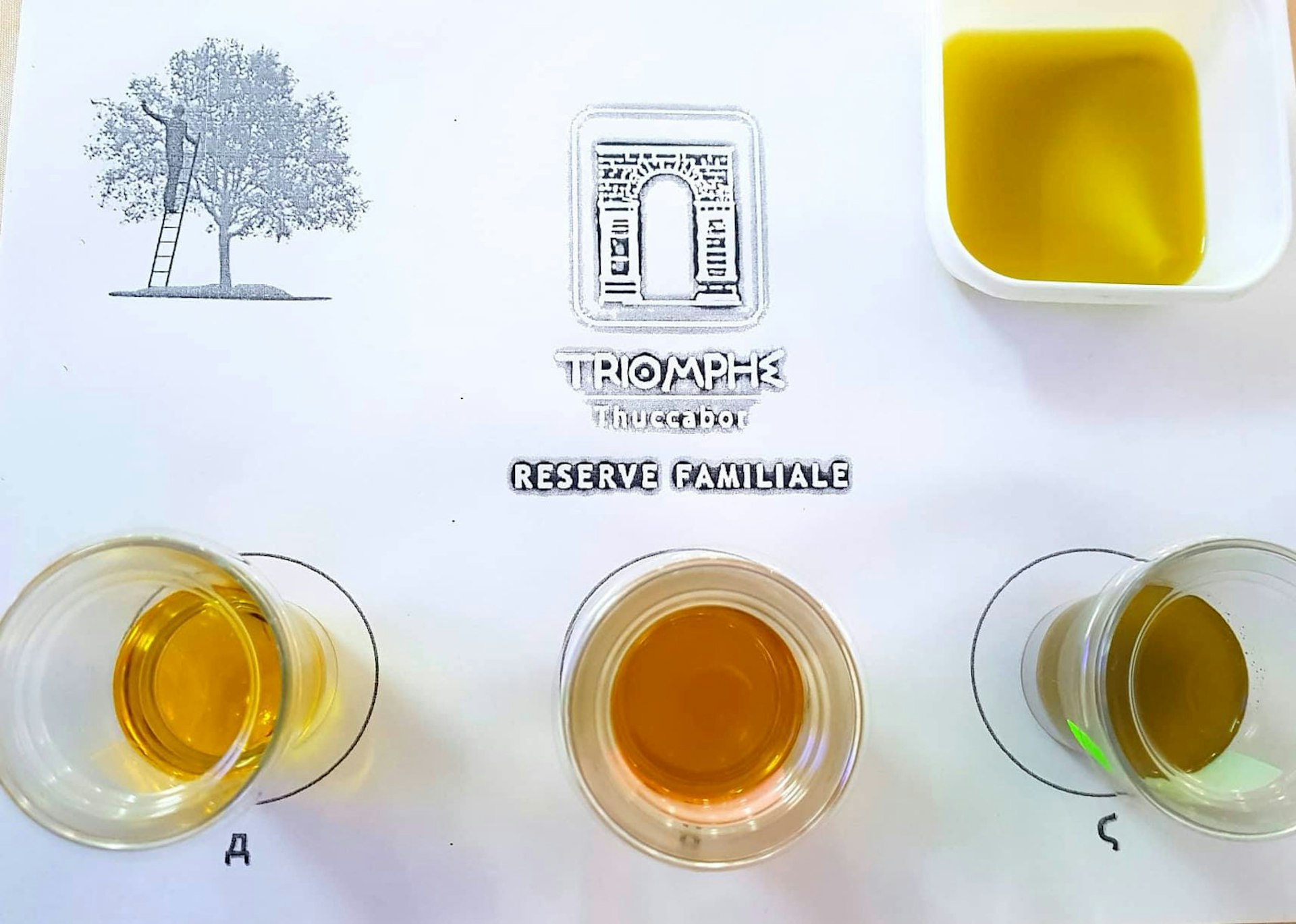
Taste Tunisia's excellent olive oil
Another inheritance of Tunisia's Carthaginian past is olive oil. While travelling through Tunisia, you can't miss the agricultural importance of the olive tree. More than a third of the country is covered in olive groves, and olive oil is one of its most exported agricultural products. Olives have been pressed for oil here for more than two centuries, and more than a dozen olive varieties are native to Tunisia's soil as well as others that have been imported from Italy and Greece. But the two main varieties are the fruity Chemlali olive, which grows in the central region around Sfax, and the more pungent Chetoui variety cultivated in the north.
In early 2018, Tunisia's first olive oil bar and tasting room opened to visitors on the Ben Ismail family farm in Toukaber in northern Tunisia. This is the ancient site of the Roman city of Thuccabor in an achingly beautiful region of rolling hills and bucolic landscapes that's well off the tourist trail. The Ben Ismail family has been attracting visitors to their idyllic farm thanks to their extra virgin olive oil Triomphe Thuccabor. This intense Chetoui oil has attracted the appreciation of judges at international competitions, where it has won several awards. Food lovers interested in learning more about olive oil making can see the production chain in action at the on-site mill, taste the family's quality oils, join an expert workshop in olive oil tasting or just enjoy a quiet wander through the picturesque groves.

Visit an educational organic farm
Organic agriculture is big in Tunisia, Africa's second largest exporter of organic food products, and ecotourism is growing in popularity as organic farms open their gates to nature lovers. L’Heredium in Tebourba, 35km west of Tunis, is a family-run organic farm open to visitors every Sunday (or during the week by reservation) from September to June and is a popular day trip with local families looking for a respite from city life. At this educational farm, visitors can learn about permaculture and organic farming methods and share a brunch of local dishes prepared with the seasonal organic fruits, vegetables and grains grown here. A cheerful whitewashed farmhouse with a roof of crimson tiles and powder-blue windows and doors dominates the estate set in 10 hectares of groves of century-old olive trees.
Further afield, Dar El Henchir is a 100-year-old farm in a quiet agricultural setting near the town of Oueslatia (150km southwest of Tunis) overlooking the mountains of Jebel Oueslat and Jebel Serj. A French colonial villa welcomes guests looking to stay overnight, but if you don’t have time, you can book in for an organic meal prepared with seasonal ingredients grown on the farm. Late autumn is olive harvest time, and visitors are invited to join in: olives are picked by hand before being transported to a local mill for pressing. Organic honey and essential oils made of rosemary are also produced on site. Travellers can pull up their sleeves and take part in a cooking class and learn how to prepare typical Tunisian dishes or explore the surrounding mountain landscapes on bicycle or foot.

Make it happen
The Magon Wine Route can be booked via the official Facebook page or by contacting ANIMED by email (animed.sarl@gmail.com). For more wide-ranging adventures with a local flavour, sign up for a trip with knowledgeable guides at Tunisian Journeys or join a Taste Tunisia tour with Engaging Cultures.
Make the most of your travel with sightseeing tours and activities from our trusted partners.


